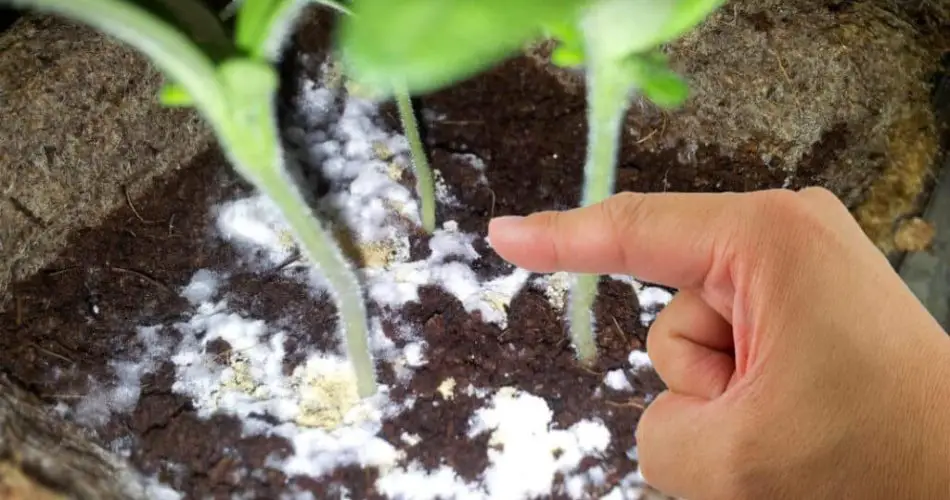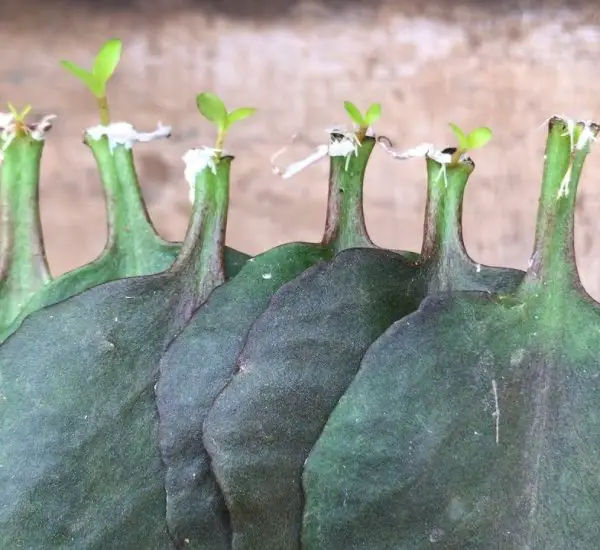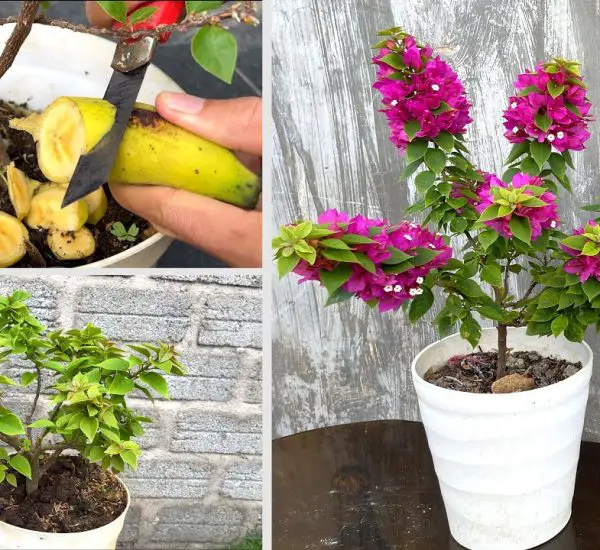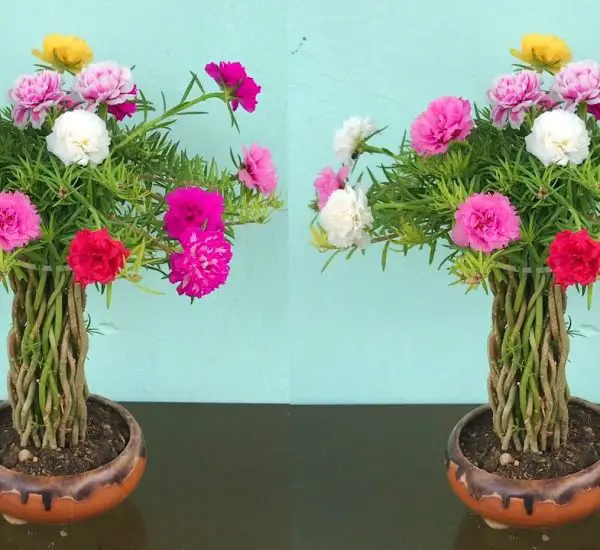Raising seedlings demands meticulous care and attention, as they are susceptible to various challenges, including mold formation. Mold often arises from excessive moisture and inadequate drainage, causing water accumulation in containers and facilitating mold growth. Additionally, spores present in soil or on unwashed containers can contribute to mold development.
Preventing mold:
- Monitor soil moisture: Ensure the soil is consistently moist but not saturated.
- Provide proper drainage: Use containers with adequate drainage holes to prevent water stagnation.
- Promote air circulation: Seedlings require good ventilation to discourage mold growth.
- Use a dehumidifier: In environments with high humidity, employing a dehumidifier can help mitigate mold risk.
- Apply fungicides: Prior to planting, treat soil with fungicidal preparations to preempt mold outbreaks.
Combatting mold:
- Reduce watering: Cease overwatering once mold appears to prevent exacerbating conditions.
- Remove mold: Gently remove mold from affected seedlings using careful techniques.
- Treat soil: Apply a solution of wood ash or pine needle infusion to soil to deter mold growth.
- Cover soil with sand: After soil treatment, cover with a thin layer of sand to inhibit mold resurgence.
- Disinfect containers: Thoroughly clean and disinfect containers post-use to prevent mold recurrence.
Important considerations:
- Safety with chemicals: Adhere strictly to safety guidelines when using chemical fungicides or treatments.
- Reminder: Mold infestations can severely impair seedlings, underscoring the importance of proactive prevention and control measures.
By implementing these strategies, you can safeguard your seedlings from mold infestation, ensuring robust growth and healthy development throughout their early stages.
Copy
Show Comments



